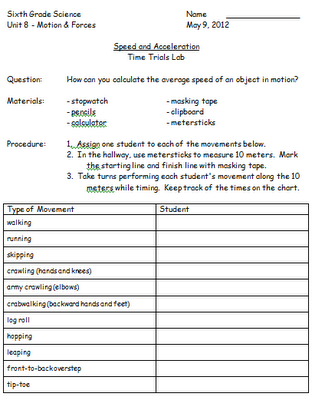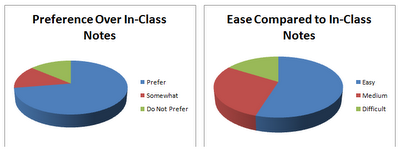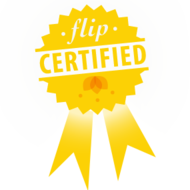"Laundry: Better to fold and put away than to take only what you need from the dryer."
"Parties are supposed to be fun."
These are "best practices," a series of lessons, tips, and advice created by and for one person, David Finch. At the age of 30 and three years into marriage, Finch's wife, Kristen, informally diagnosed him with Asperger's syndrome. He was later formally evaluated, but this breakthrough moment and the rote memorization of his hundreds of "best practices" are described in his new book,
The Journal of Best Practices.
The book and the Finches were recently featured in a
story on NPR's
All Things Considered and my aunt happened to be tuning in. She started reading the book and immediately recommended it to me. Whether or not you have an academic or personal interest in Asperger's syndrome, the book is an incredibly enjoyable read, with moments of laugh-out-loud humor.
It goes without saying that the book could be incredibly informative for teachers and relatives of students with Asperger's and autism spectrum disorders. These disorders are extremely difficult for neurotypical people to understand and the tell-tale behaviors can range from confusing to frustrating to infuriating.
Once I had finished the book, however, I found that it helped me better understand many of our students without ASD diagnoses. Many of the people who chose to teach as a career do so because school was enjoyable and engaging for them. I can't speak for all teachers, but I know that I became a teacher because I had a genuine love of learning and I was fascinated by school content, as well as the normal practices and routines of school. All types of traditional instruction worked well for me and I found most parts of school interesting and eye-opening, but not particularly difficult.
According to an informal evaluation by a friend, it is almost extraordinary just how neurotypical I am. She was practicing simulations of dyslexia and studying various cognitive differences and was almost shocked by how unaffected I was. This is certainly not to say that there is anything special about me other than the fact that I need to think consciously about learning differences because they are so far outside of my experience.
What occurred to me after reading Finch's book was that we should dedicate time, attention and patience to the shaping and practicing of social skills just as we would for academic ones. Not all of our students need this, but many do. We as teachers would never just assume that a student intuitively understands how to solve an algebraic equation, but we routinely expect them to intuitively understand how to plan, communicate, manage conflict and practice good manners.
Some of our students naturally pick up literacy skills, artistic skills or physical aptitude and we consider these "gifts." We do not punish those without a particular gift, but instead we tailor our lessons to reach them where they are. On the other hand, even though social skills come naturally to some and not to others, we often do not differentiate and accommodate those who need more skill-building.
This is not to say that we need to revamp our curriculum to include social skills group sessions instead of core subjects, but at least to keep the learning differences of academic
and social skills in our minds as we instruct and plan. Much of these social skill-building activities will happen outside of school with specialists in social disorders, but we as educators can at least extend the same patience and support as we would a student with a language-based or processing disorder.
I found the following quote from
The Journal of Best Practices to be the most telling about the entire issue:
"Most people intuitively know how to function and interact with people -- they don't need to learn it by rote. I do."
If you read one book this summer, please consider giving this one a try. Even if you have no reason to better understand Asperger's and ASDs, you will get a few chuckles out of this one for sure.
http://www.davidfinchwriter.com/











































